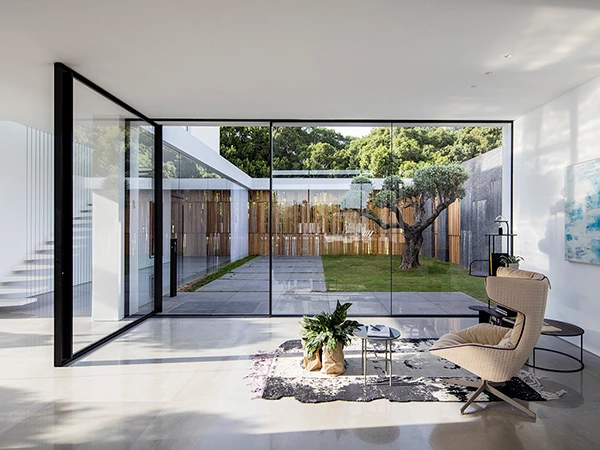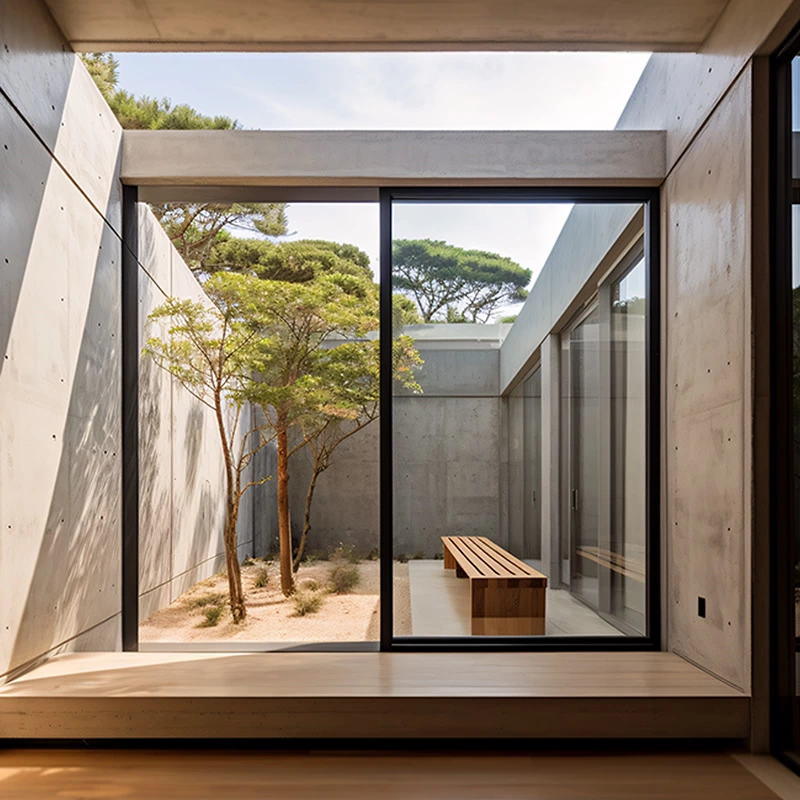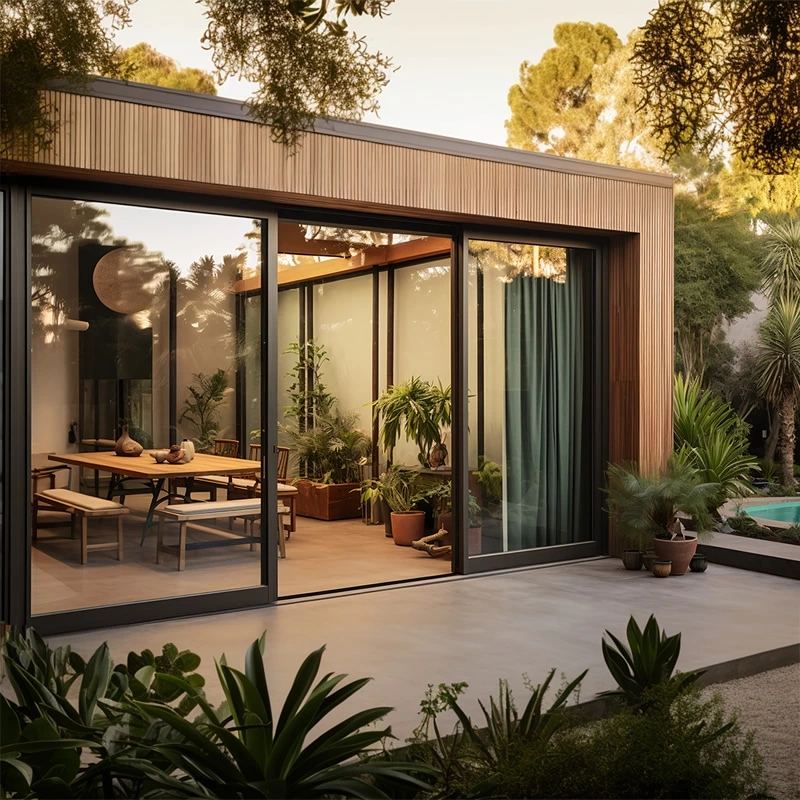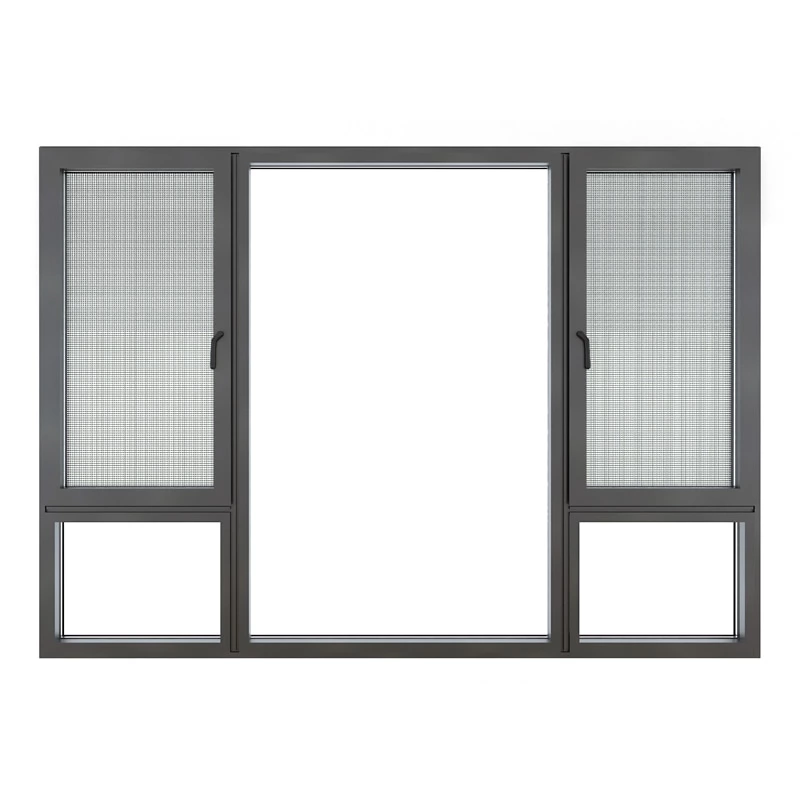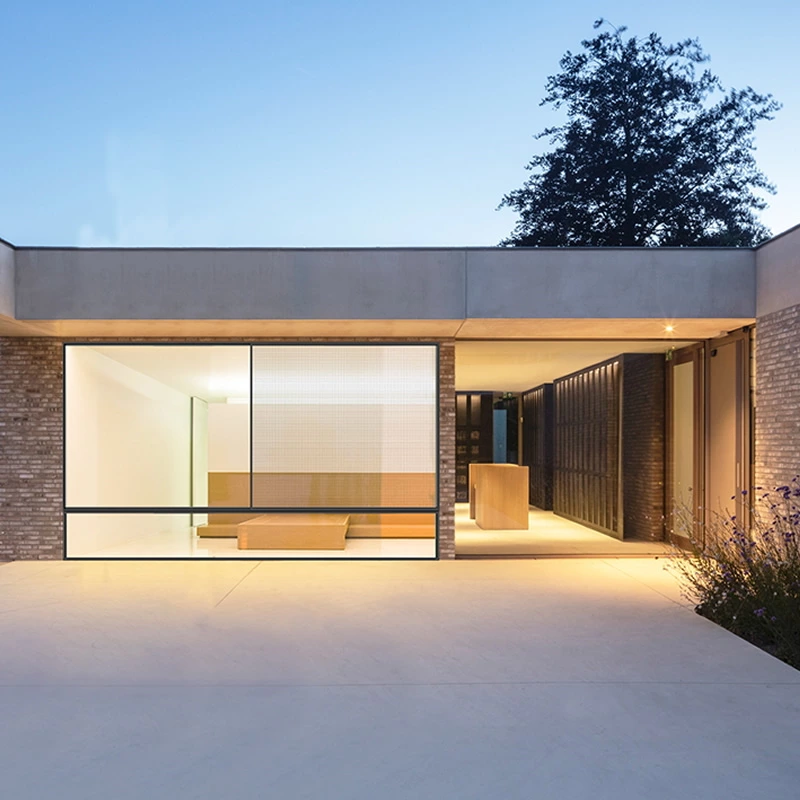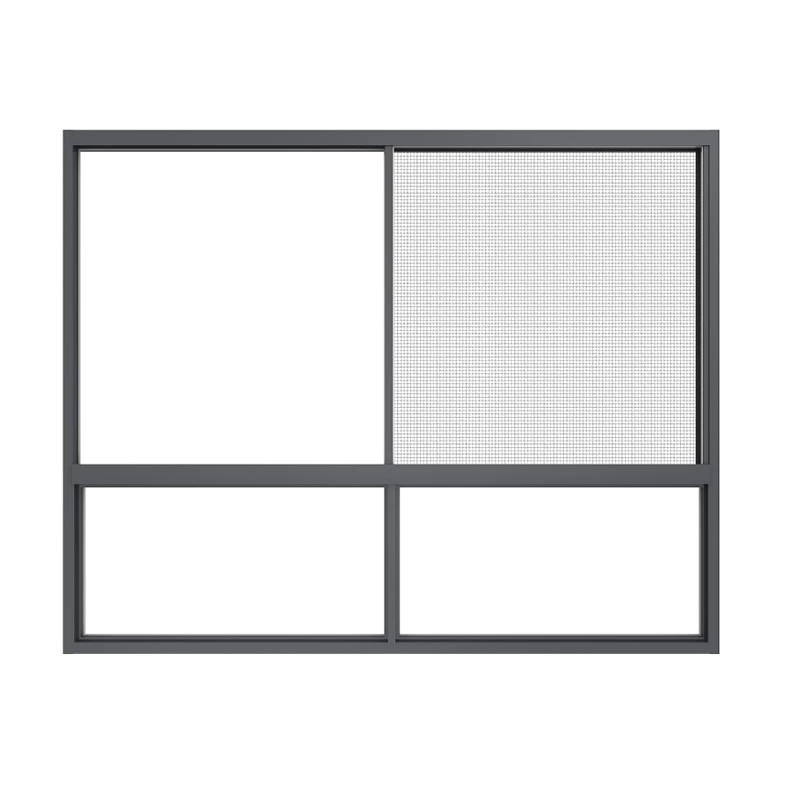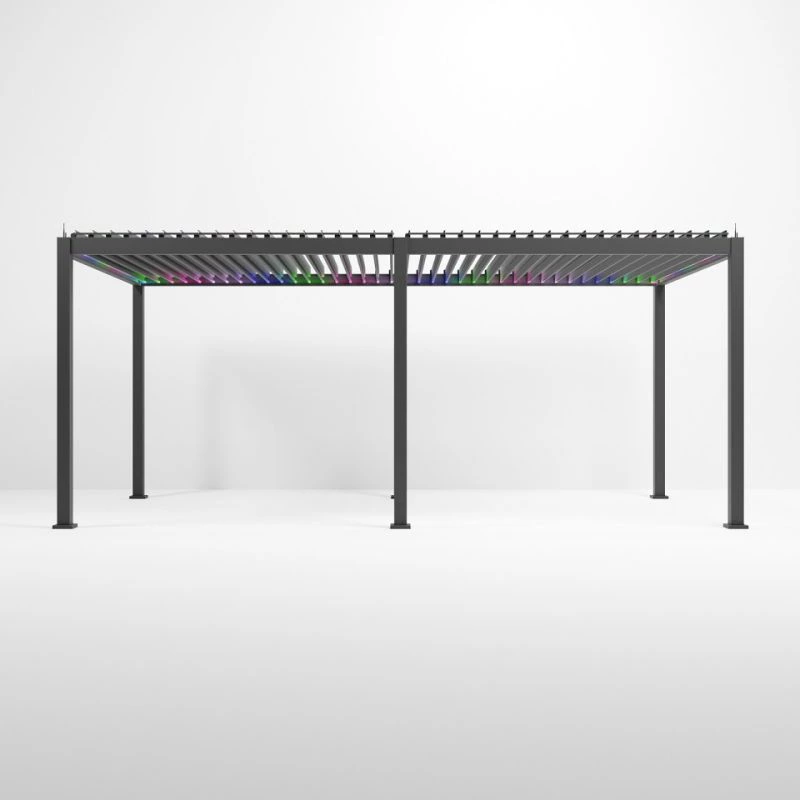The kitchen is the center of family life. A suitable kitchen window not only enhances lighting and ventilation but also takes into account the prevention of cooking fumes, noise and energy conservation. This article provides you with a practical guide on the selection and design of kitchen Windows from four dimensions: window type, function, material and maintenance, helping you quickly lock in your favorite solution.
Analysis of Thermal Door and Window Types
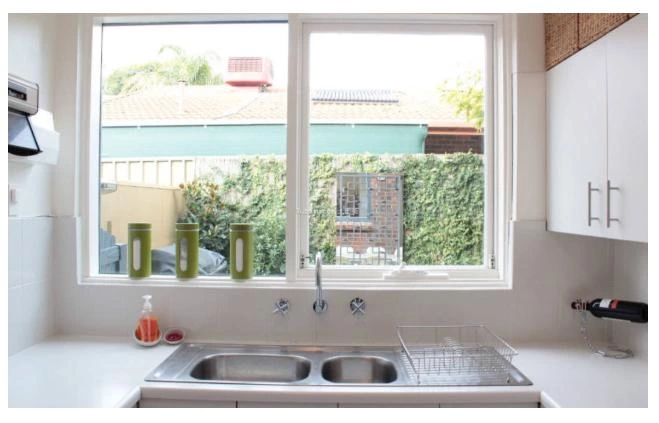
Sliding kitchen window
Advantages: Flexible opening, does not occupy indoor or outdoor space, and has excellent ventilation effect;
Scene: Suitable for small and medium-sized apartment kitchens or situations with narrow aisles in front of Windows.
Double-layer lifting window
Advantages: It can be opened and closed separately at the top and bottom, which better controls the ventilation volume.
Oil fume prevention: Adjustable louvers can be installed to achieve a local oil blocking design.
Casement kitchen window
Advantages: Good sealing performance, excellent sound insulation and heat insulation effects;
Applicable: Northern or commercial kitchens that pay attention to heat preservation and sound insulation requirements
Functional and material considerations
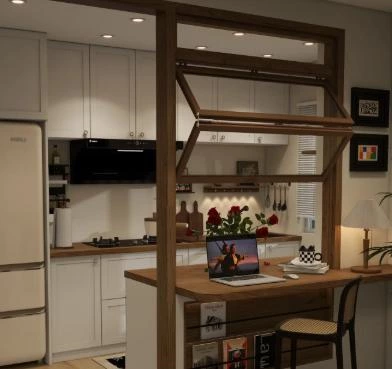
Ventilation and smoke exhaust
Convection ventilation: Select window types with a large opening Angle and moderate air tightness.
Oil fume cleaning: The glass panel should be easy to disassemble and clean to avoid residual odors.
Energy conservation and heat insulation
Energy-saving kitchen window: Double-pane glass or low-E insulating glass, which can reduce heat loss;
Thermal insulation and heat preservation: Aluminum-clad wood or broken bridge aluminum window frames are preferred to enhance the sealing performance.
Safety and Anti-theft
Anti-theft grille: Optional built-in protective net or steel guardrail;
Safety lock: Install multi-point locking hardware to prevent accidental opening.
Solution for small kitchen Windows
Compact space: Slim window type or narrow-frame sliding Windows take up less space;
Enhanced lighting: Combined with light-colored window frames and wide glass areas, it improves light refraction.
Customized wall cabinets: Leave operation space at the top and set up splash-proof baffles at the bottom.
Key points for selection and installation
precise measure
Measure the height and width of the opening, leaving an extra 5mm of installation gap.
Pay attention to the levelness and verticality to avoid difficulty in leveling later.
Selection of hardware accessories
Hinges and slides should be made of corrosion-resistant stainless steel.
It is recommended that the sealing strip be made of EPDM material which is resistant to high temperatures and aging.
installation procedure
First, install the window frame positioning, level it, and then install the expansion bolts.
Install the fan plate again and test the opening and closing. Finally, fill it with foaming agent or waterproof glue.
Daily maintenance and care
Regular cleaning: Wipe the glass and tracks with a neutral cleaner every month;
Check the seal: Inspect the condition of the sealing strip once every six months and replace it if necessary.
Lubricate hardware: Add silicone oil or grease to the slide rails and hinges to keep them smooth.
Conclusion
By choosing the right kitchen window type, selecting good materials and hardware, and combining it with reasonable design and maintenance, your kitchen will have the functions of lighting, ventilation, oil fume prevention and energy conservation. It is hoped that this "Kitchen Window Selection and Design Guide" can provide a reference for your home upgrade, allowing your ideal kitchen to start with a good window.

